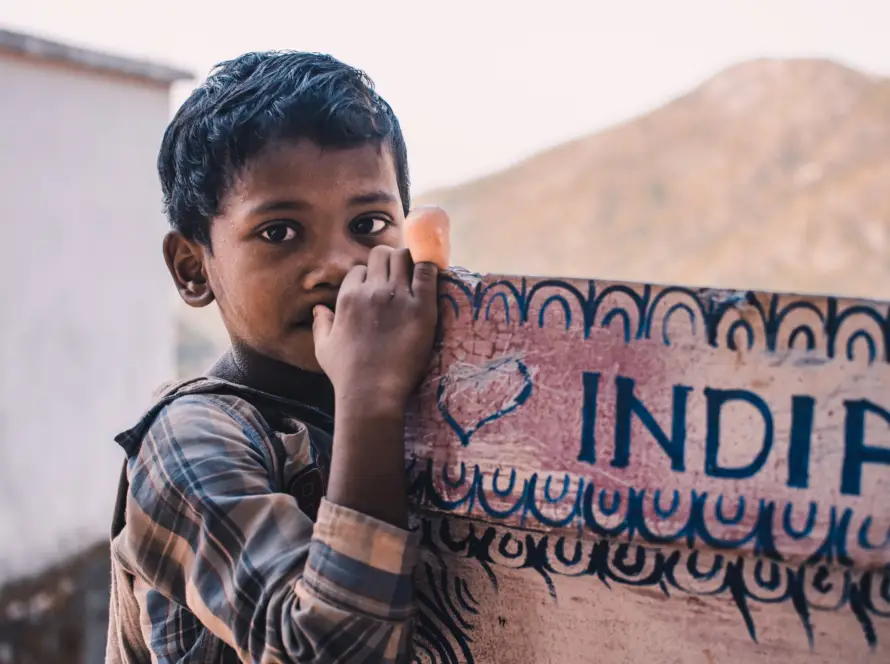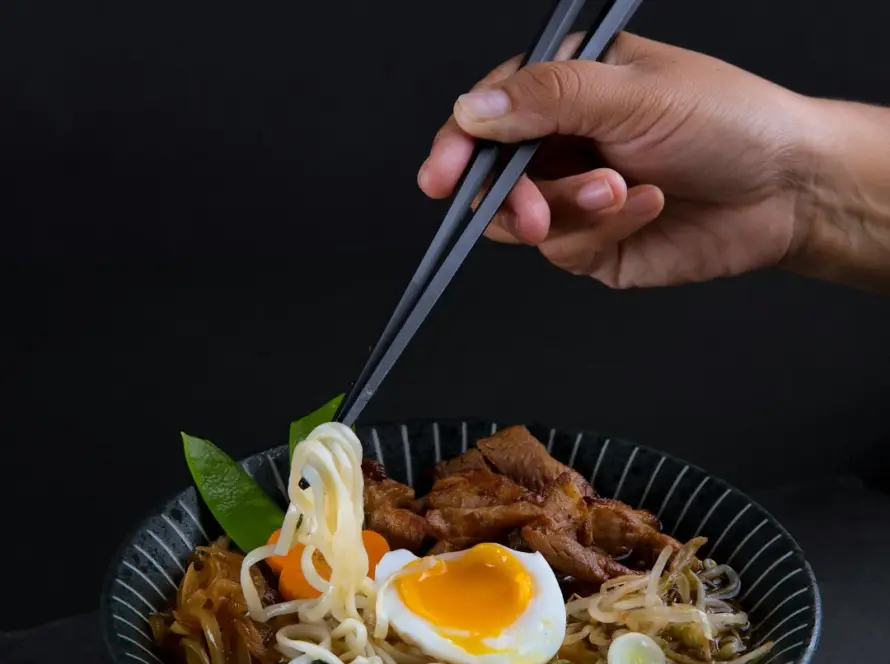Generated by Contentify AI
- Introduction
- Traditional Indian Wedding Customs Explained
- The Significance of Mehendi Ceremony
- Traditional Attire and Jewelry for Indian Brides and Grooms
- The Role of Astrology in Indian Weddings
- The Sacred Rituals of Saat Pheras
- Conclusion

Introduction
Traditional Indian wedding customs and rituals are deeply rooted in rich cultural traditions that have been passed down through generations. These customs play a significant role in shaping the elaborate ceremonies and celebrations that characterize Indian weddings. From the Mehendi ceremony to the sacred Saat Pheras, each ritual holds its own special meaning and importance, creating a tapestry of traditions that make Indian weddings truly unique and memorable.
Traditional Indian Wedding Customs Explained
In traditional Indian weddings, customs and rituals are not just formalities but cherished traditions that hold deep cultural and symbolic significance. These customs are meant to honor the union of two individuals and their families, as well as invoke blessings for a happy and prosperous married life. From the colorful and vibrant Mehendi ceremony where intricate henna designs are applied to the bride’s hands and feet, to the sacred Saat Pheras where the couple takes seven symbolic vows around the holy fire, each custom serves a specific purpose in uniting the couple in matrimony. These rituals are not only a celebration of love but also a reflection of the rich cultural heritage and values that have been passed down through generations. The attention to detail and the emphasis on tradition make traditional Indian weddings a truly unforgettable and meaningful experience for all involved.
Get Secure IT Solutions Services
Shakti Web Solutions is your one-stop destination for top-notch Website Design & Website Development solutions. We help you go digital and unlock your business potential.
The Significance of Mehendi Ceremony
The Mehendi ceremony, an integral part of Traditional Indian Wedding Customs and Rituals, holds a special significance in Indian weddings. This pre-wedding ritual involves the application of intricate henna designs on the bride’s hands and feet, symbolizing joy, beauty, and spiritual awakening. The natural dye of henna is believed to have cooling properties, which are said to calm the bride’s nerves before the wedding day. Beyond its aesthetic appeal, Mehendi is considered a form of blessings and protection for the couple as they embark on their marital journey. The ceremony often brings together family and friends, creating a joyful and festive atmosphere filled with music, dance, and celebration. Mehendi is not just a temporary adornment but a symbol of love, luck, and prosperity that the bride carries with her throughout her married life.
Related articles
Traditional Attire and Jewelry for Indian Brides and Grooms
Traditional Indian Wedding Customs and Rituals encompass a myriad of traditions that reflect the cultural richness and diversity of India. Among these customs, the attire and jewelry worn by the bride and groom hold special significance. Traditional Indian bridal attire often includes a saree or lehenga in vibrant colors like red, symbolizing love and prosperity. Intricate jewelry such as necklaces, earrings, bangles, and maang tikka are adorned by the bride, each piece carrying its own meaning and symbolism. Grooms typically wear sherwanis or traditional outfits paired with accessories like turbans and brooches. The attire and jewelry worn by the couple not only enhance their beauty but also serve as a reflection of their cultural heritage and customs. These traditional elements add a touch of elegance and grandeur to Indian weddings, making them truly spectacular and memorable events.
The Role of Astrology in Indian Weddings
In the intricate tapestry of Traditional Indian Wedding Customs and Rituals, astrology plays a pivotal role in guiding and shaping the union of two individuals. Astrology, or Jyotish Shastra, is deeply rooted in Indian culture and is believed to provide insights into the compatibility and future of the couple. Before the wedding takes place, the families often consult with astrologers to ensure that the stars align favorably for the union. The matching of horoscopes, or Kundali Milan, is a crucial step in Indian weddings, as it is believed to determine the compatibility of the couple and predict their future together. Astrology adds a layer of spiritual significance to the wedding ceremonies, emphasizing the importance of cosmic harmony and alignment in the union of two souls. The influence of astrology in Indian weddings highlights the blend of tradition, belief, and spirituality that makes these ceremonies truly unique and profound.
The Sacred Rituals of Saat Pheras
Saat Pheras, a sacred ritual in Indian weddings, symbolizes the vows and commitments exchanged between the bride and groom. This ritual involves taking seven steps around the holy fire, each step representing promises made to each other and to their families. The Saat Pheras signify the couple’s journey together through various stages of life, including love, understanding, respect, and lifelong companionship. As the couple circles the fire, they seek blessings for a harmonious and prosperous marital life. The Saat Pheras hold immense significance in traditional Indian weddings, emphasizing the sacred bond between the bride and groom and their commitment to each other for eternity.
Conclusion
The various customs and rituals observed in traditional Indian weddings are steeped in rich cultural significance and symbolism. From the vibrant Mehendi ceremony to the sacred Saat Pheras, each ritual plays a crucial role in uniting the couple and their families in matrimony. The intricate henna designs applied during the Mehendi ceremony symbolize beauty, joy, and blessings for the bride, while the Saat Pheras around the holy fire signify the couple’s vows and commitments to each other. These customs are not merely formalities but cherished traditions that hold deep meaning and importance, reflecting the values and heritage of Indian culture. Through these rituals, Indian weddings become more than just celebrations; they are profound and sacred ceremonies that honor the union of two individuals and the beginning of a new chapter in their lives.






